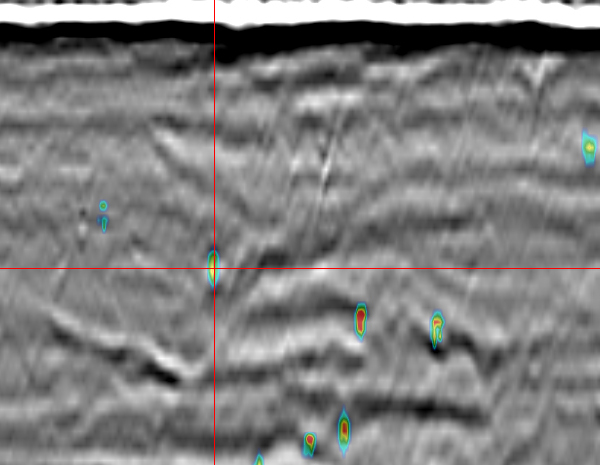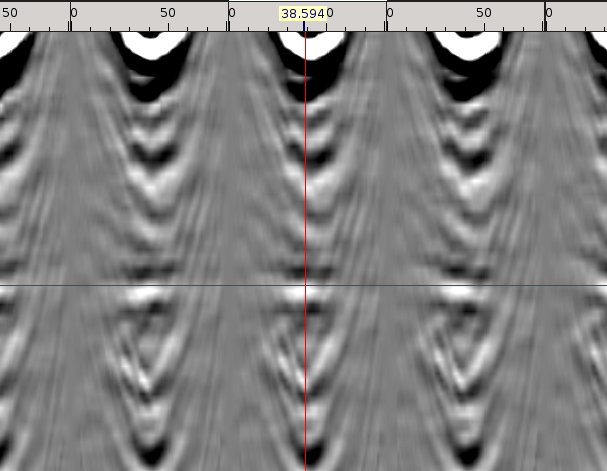Piles of windmills of offshore windparks must be firmly coupled into the subsurface layers deep below the sea-floor. Large boulders, that would be obstacles for the planting process of such piles, must be identified in the phase of defining the exact locations of windmills. Seismic data sets acquired for site-planning of windparks for the purpose of assessing subsurface stability conditions have limited frequency content. We developed a new methodology for object identification below seismic wavelength (here 1m) from such data by means of Machine Learning methods.
Key to this methodology is the preprocessing of the data by a prestack migration method that highlights the weak-amplitude diffractions contained in the seismic data.


